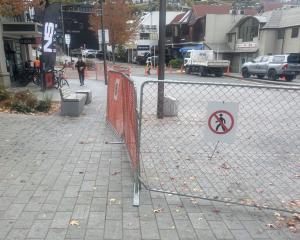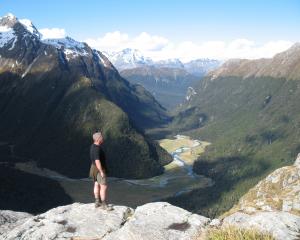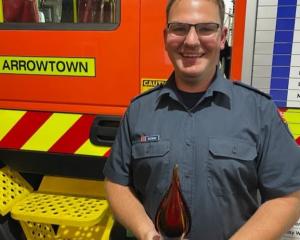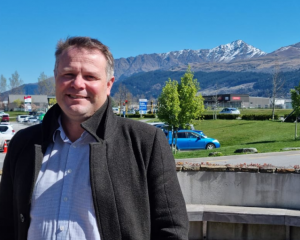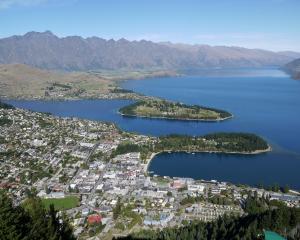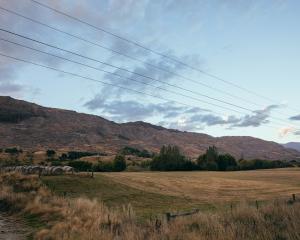A ''hypothetical'' plan that would reduce the risk of Wanaka's town centre flooding and also generate enough electricity for a town the size of Lake Hawea is being floated by a University of Waikato PhD student.
Mohammed Majeed has been studying the potential in Central Otago of using cheap off-peak electricity to pump water uphill so it can be used later to generate electricity when demand is high.
One of the two most promising possibilities he found was to build a 5m-10m diameter tunnel between Lakes Wanaka and Hawea at the Neck - the 2km-wide piece of land between the two lakes on State Highway 6 to Makarora.
Mr Majeed's supervisor, earth and ocean sciences Associate Prof Earl Bardsley, said yesterday the tunnel would be like having another river, besides the Clutha River, flowing out of Lake Wanaka.
Lake Wanaka is 65m lower than Lake Hawea and water going down the tunnel into Lake Wanaka could drive turbines to produce electricity.
Water could also be pumped back up the tunnel into Lake Hawea - at the rate of 100cumecs - when Wanaka's lake level was high.
The scheme's net power output was calculated to be 30MW. The Clyde Dam, by comparison, produces 400MW.
Prof Bardsley said Lake Wanaka's natural high levels coincided with high lake levels elsewhere and with low electricity prices.
''So it makes sense to reduce high lake levels in Lake Wanaka by pumping into Lake Hawea with low-cost electricity.''
There was also the advantage that pumping would reduce Lake Wanaka shoreline flooding.
''Mohammed's computer simulations indicate that the November 1999 foreshore flood in Wanaka township could have been avoided if the scheme had been in place,'' Prof Bardsley said.
Lake Wanaka Guardians chairwoman Helen Tait said one of Lake Wanaka's ''positives'' was that it was a natural lake, not part of the hydro-electricity system.
''We would have serious concerns about anything that would interfere with the natural status of Lake Wanaka.''
The Lake Wanaka Preservation Act was passed in 1973 to maintain the lake's natural state.
Ms Tait said she did not consider any idea should be dismissed ''out of hand'' and would be interested in its likely effects being reviewed.
Wanaka identity Dr Dennis Pezaro said the idea had been considered 40 years ago and dismissed as impracticable because it required a ''base load'' of electricity that New Zealand's system did not have.
Prof Bardsley has previously advocated a similar but much larger scheme, to pump water 20km from the Roxburgh Dam to Lake Onslow for hydro storage.
Mr Majeed presented the Neck scheme at the New Zealand Hydrological Society conference earlier this month.
Queenstown Lakes Mayor Vanessa van Uden said it was difficult to make an ''informed comment'' on the idea and a spokeswoman for Contact Energy, which operates the Clyde and Roxburgh Dams, said yesterday it had not been approached officially and had ''no view''.

